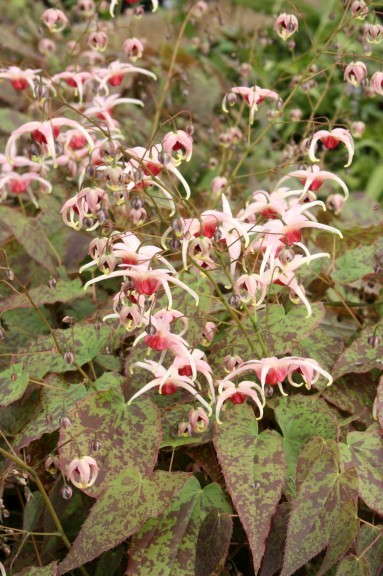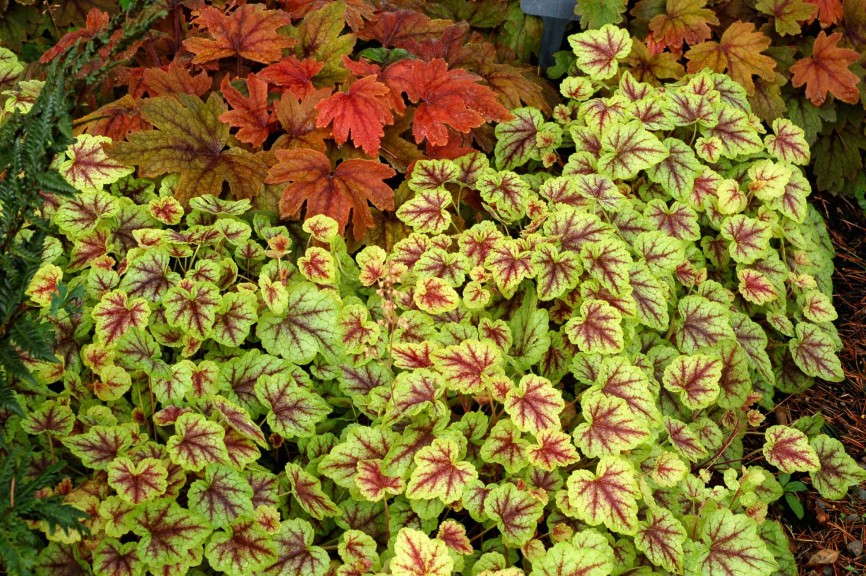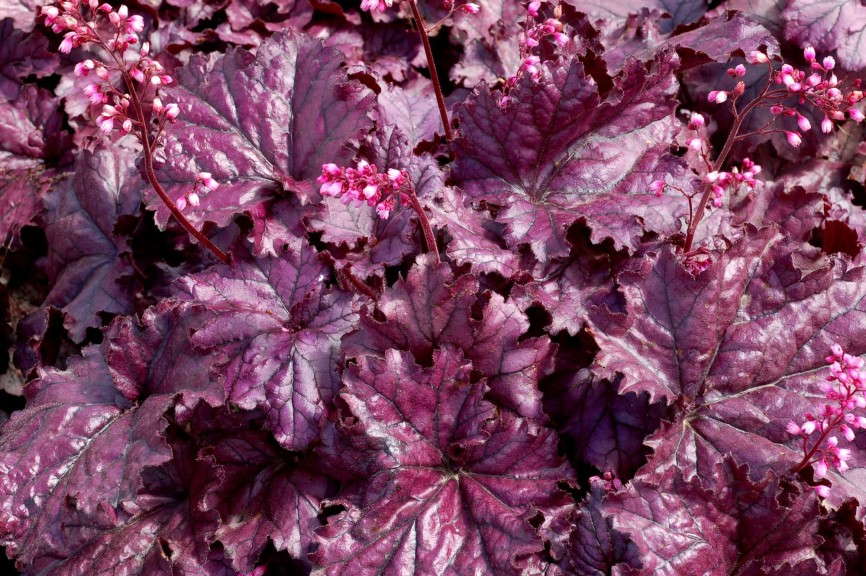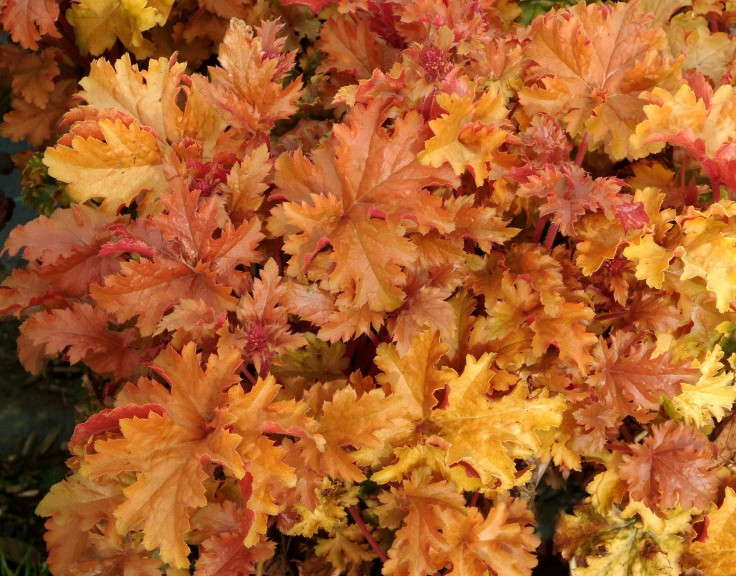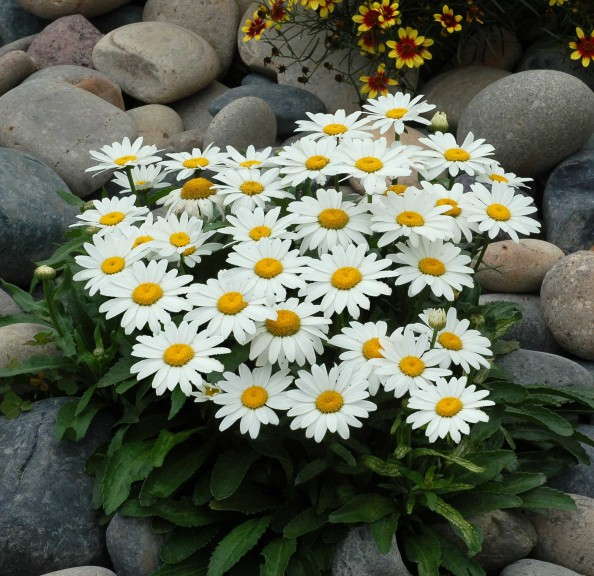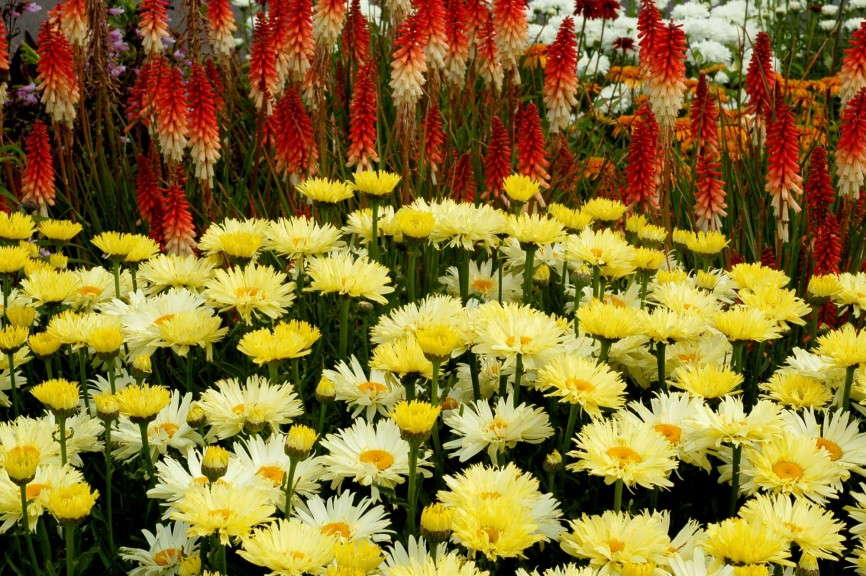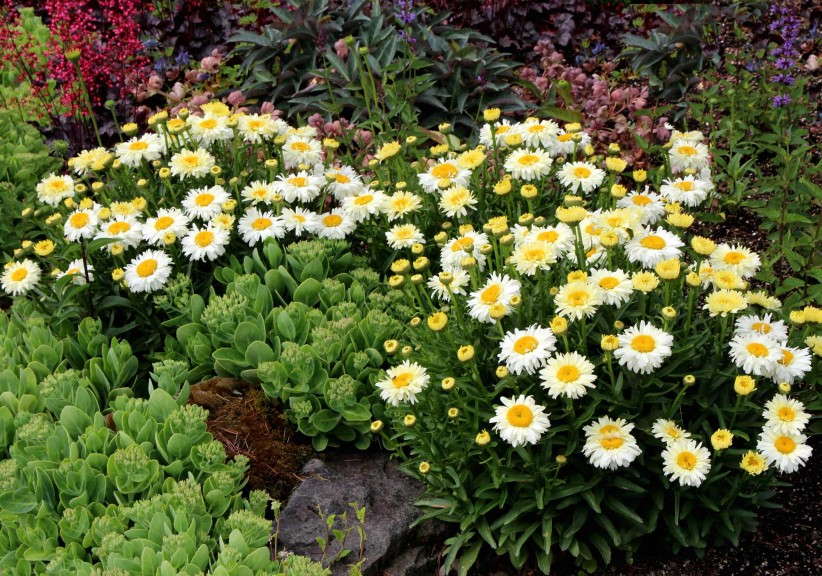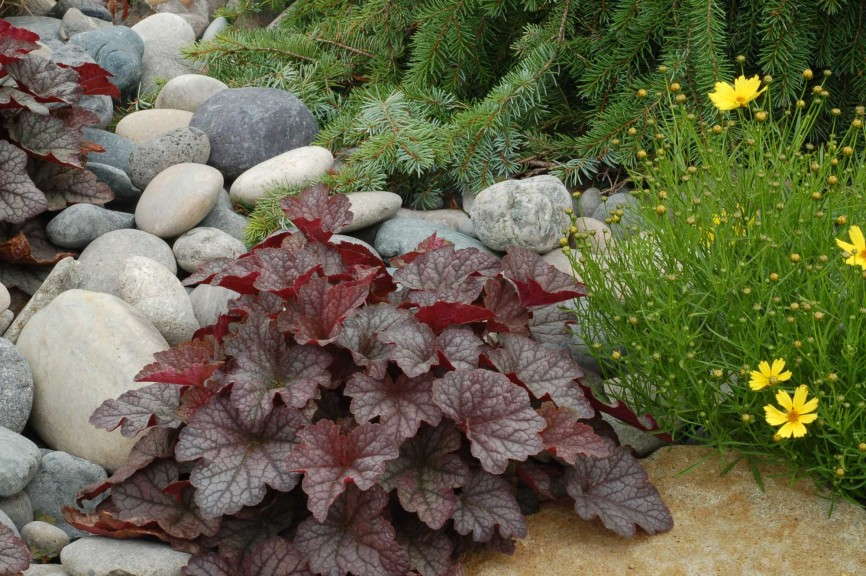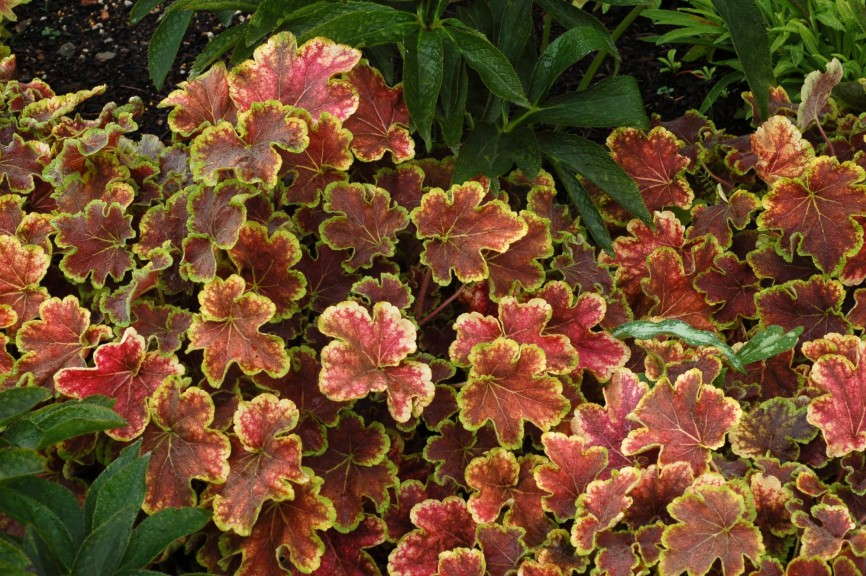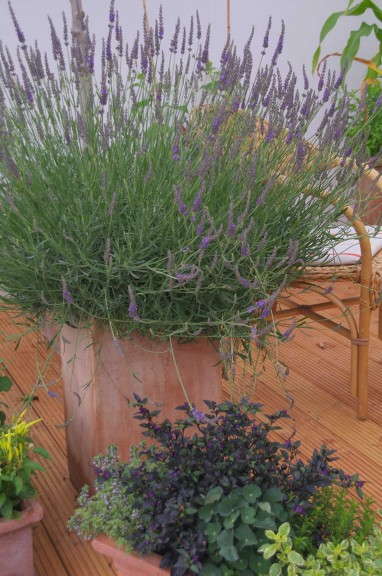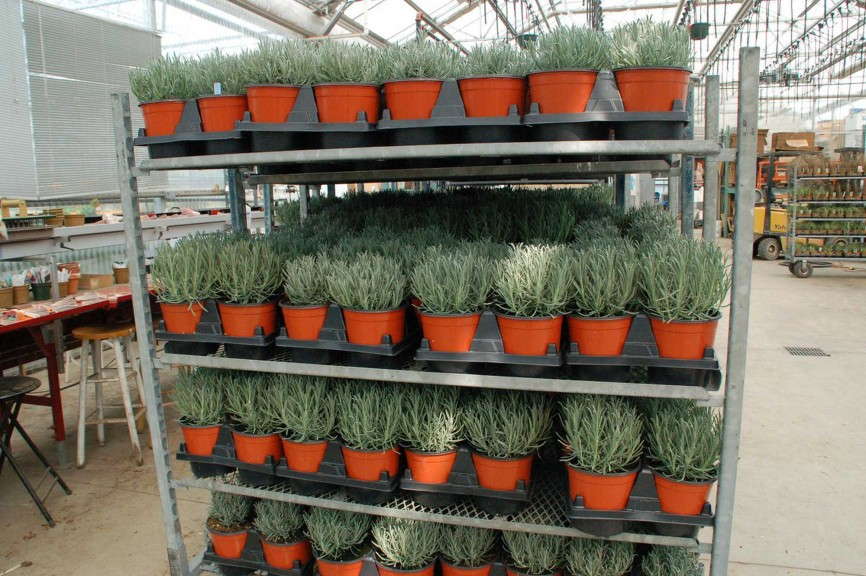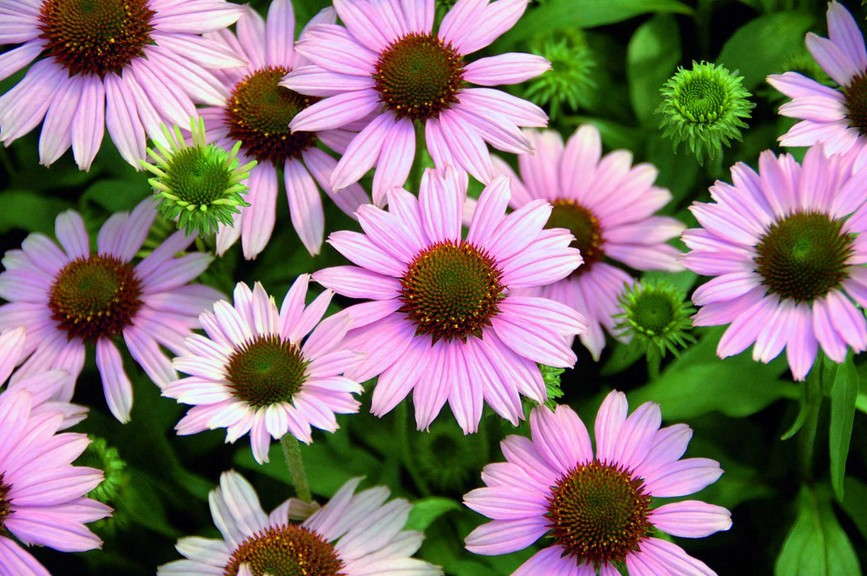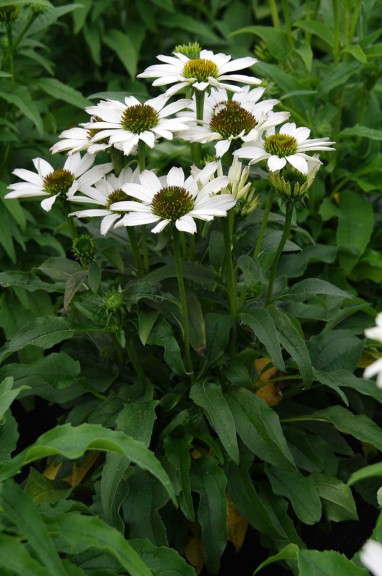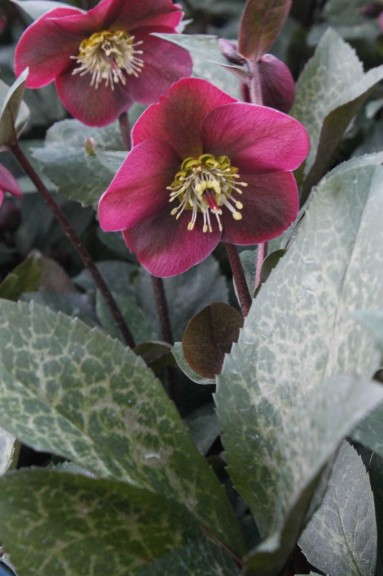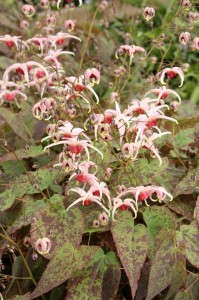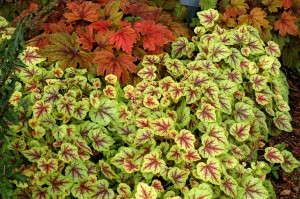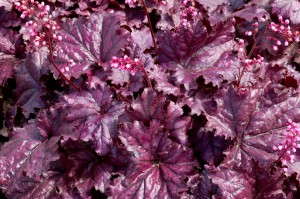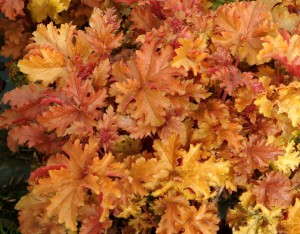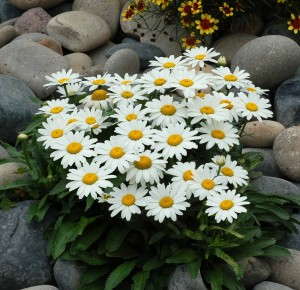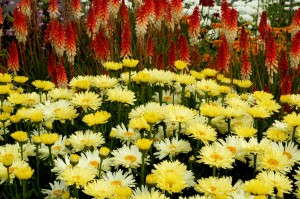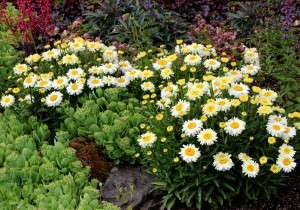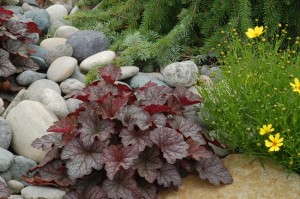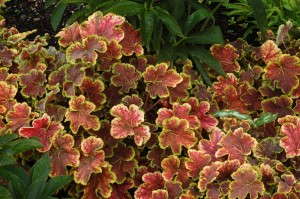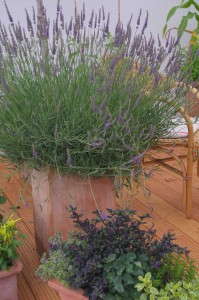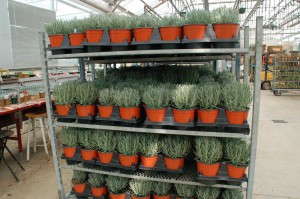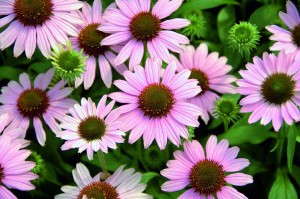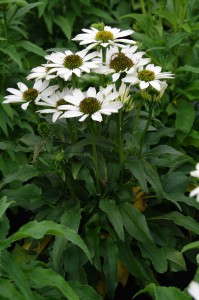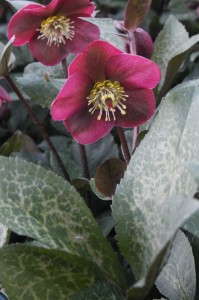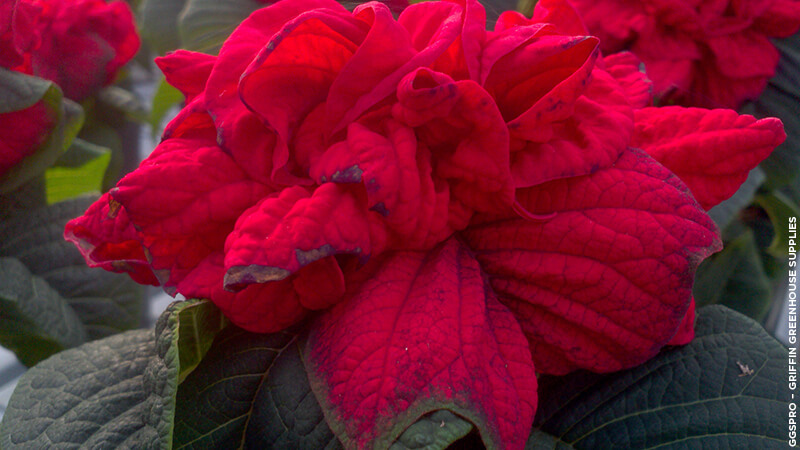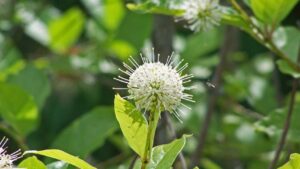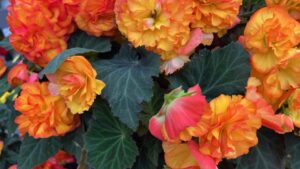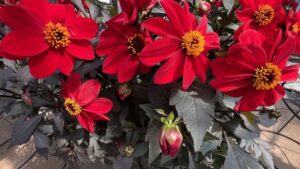What Will Be The Popular Perennial Genera Of The Future?
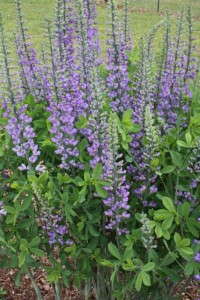
Baptisia ‘Blue Towers’ from Plant Delights Nursery
The perennial market has been on an upswing since the 1980s with further growth expected. Over the next five years, gardeners will continue to pursue perennials reflecting improvements in disease resistance, cold tolerance and longer flowering seasons.
To understand the current and anticipated popularity of perennials, consider a clock. In this case a “botanical clock,” says Dan Heims, a co-owner of Terra Nova Nurseries, Inc. of Canby, Ore., and author of two gardening books. His third book, set for 2015 publication, has the working title: Plants That Pay the Rent.
At 12 o’clock, a particular variety, he explains, is über popular. When introduced, expect it to be on the market for 20 years. At 3 o’clock, it remains popular but is not necessarily “inciting the same sort of panic.” Interest is waning; stop ordering that once-popular variety and mark down existing inventory. But, fear not: at 9 o’clock, the species emerges from obscurity as new varieties are introduced.
All of this time travel to answer the question: are ‘Shasta Daisies’ generating enduring interest?
“(The Shasta Daisy) has a lot of memories for people,” he says. “Daisies are happy; people like them.”
Shastas, he concludes, are at 10 o’clock, gaining traction. Among them, ‘Goldfinch’ gets an honorable innovative mention, for its rich yellow color; noteworthy compared to pale predecessors.
Epimedium, Heims says, could also be a plant of the future. A strong affirmative also comes from Tony Avent, owner of Plant Delights Nursery, Inc. of Raleigh, N.C. Breeder Darrell Probst was a pioneer behind epimedium. These days, “others have now picked up the torch,” Avent says. Epimedium has also earned well-deserved notoriety as it contains an ingredient akin to that used in male-enhancement products.
Male vigor aside, the plant performs well in moist shade and offers attractive texture and form in northern zones. Epimedium tolerate dry shade and deer do not bother them. “’Pink Champagne’ and ‘Amber Queen’ are the absolute best you’ll ever see,” Avent says. And while a possible plant of the future, “It’s never going to be the number one perennial. They are more for the advanced gardener.”
Heuchera is another take-notice candidate now and into the future. “Compared to the average Coral Bells, it’s very different today,” says Josh Schneider, partner of Cultivaris North America of San Diego, Calif., citing ‘Amber Waves’ as noteworthy and representative of revolutionary breeding. Heuchera have added to the color palette, Schneider says, and they “offer seasonal foliage as a backdrop to seasonal color.” Ongoing popularity is expected, in part, for its versatility as groundcover, easy residence in container plants and ability to thrive in shade and sun. All of that, he says, “translates to sales.”
Without hesitation, Heims identifies his favorite heuchera: ‘Forever Purple’ is a 2014 introduction. Its name pays homage to the intense, year-long purple color its leaves put forth. Add pink flowers and leaves that do not retract in the winter, and a “knockout” is born. Also suitable for container use and mixing with annual flowers. ‘Forever Purple’ and other heuchera embody another characteristic: “Heuchera plays well with others,” Heims says.
Heucherella, a cross of heuchera and tiarella, have inherent qualities that qualify it as a perennial for the future. “They tend to take high heat and humidity better than heuchera,” Heims says. “It just shrugs off all that heat and humidity. They also are extremely resistant to rust.” Thanks to tiarella lineage, distinctive red centers and leaf shape are further distinguishers.
[blackoutgallery id=”56905″]
When evaluating perennial staying power, consider the wow factor. “There will always be people who want to buy plants by the ‘wow factor.’ The ‘wow factor’ is huge…Novelty will always sell a plant; new will always sell a plant,” Heims says. Prepare to be wowed by trailing heucherella, in particular, ‘Gold Cascade.’ Trailing heucherella continue to represent new breeding breakthroughs offering groundcover in a spectrum of color choices – some suitable for shade, some suitable for sun and, of course, wow-factor potential.
Now, time for spring cleaning: “If your helleborus are more than five years old, throw them out and start again,” Avent says, citing overall improvements and specifically the quality and quantity of double-flowering capabilities. ‘Anna’s Red’ and ‘Penny’s Pink’ get special mentions for being part of the future perennial landscape.
Innovation keeps the list going: Summer hibiscus has varieties that stand at three feet versus the traditional six feet, agave for improved hardiness and echinacea for fragrance and much more. Fifteen years ago, echinacea color choices were confined to the white and purple coneflower. Today, the color palette includes red, orange, pink and lavender, Schneider says. Lavender x intermedia ‘Phenomenal’ “has great garden performance, a long-flowering period and strong disease resistance. After four seasons, it is poised to become one of the top lavender varieties in the U.S. market,” he says.
Among other perennials of the future: Ferns are going to take off, because of year-round presence and deer resistance, and digiplexis.
“Think of foxglove that branches … blooms all summer and is a true perennial,” Avent says. Digiplexis was created by Cultivaris by crossing Digitalis purpurea (common foxglove) with a related genus from the Canary Islands — Isoplexis canariensis. The result: perennial durability and annual-like flowering power. The new baptisia is not only is deer resistant, but cattle resistant. And then there’s monarda. Monarda? Most definitely. Look for the ones, Avent says, “that clump instead of run” and are truly mildew resistant, adding, “You’ve got some unbelievable stuff coming out in the next few years.”




